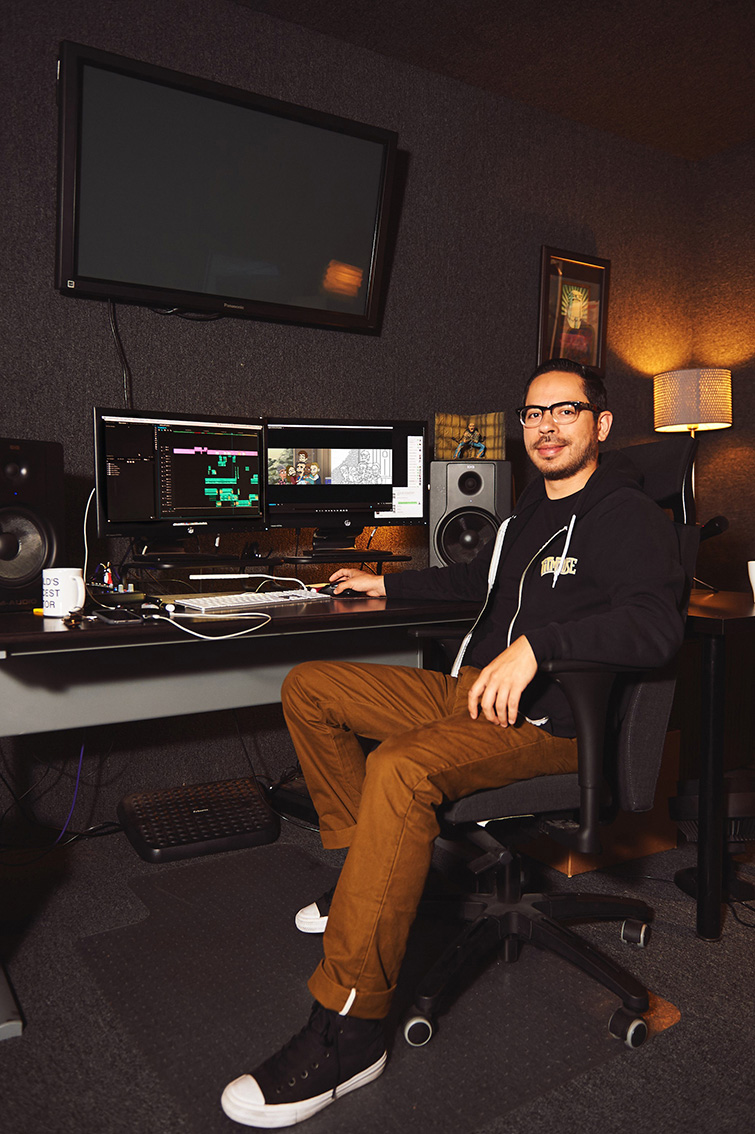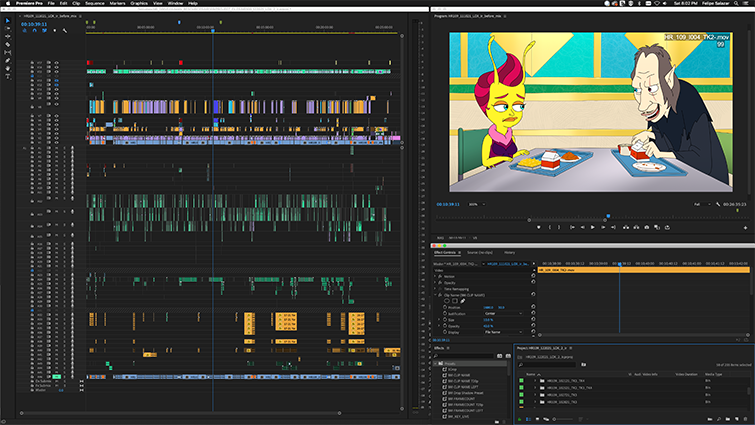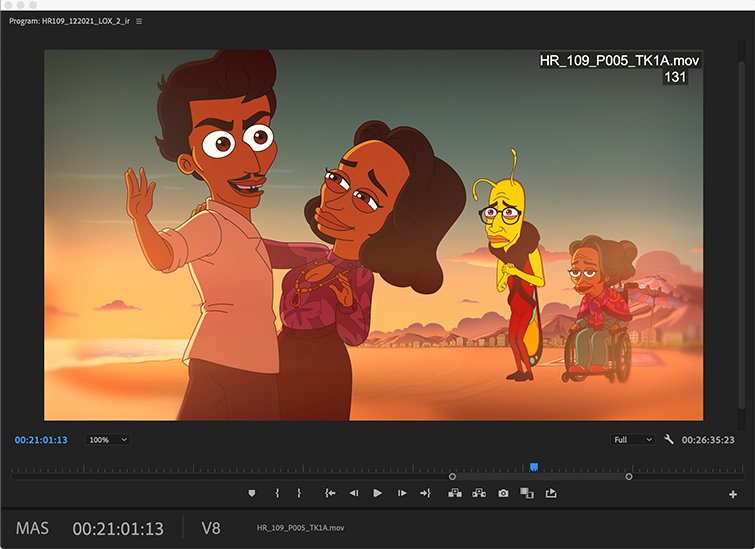
Tips for Editing an Animated Series with Big Mouth’s Felipe Salazar
An interview on the current best practices for editing animation with one of the best in the business . . . Felipe Salazar.
It’s been said a thousand times on this blog, but it bears repeating: Editing is an art form. It takes a keen eye, a quick wit, and an ability to intensely focus on the task at hand to cut something together that feels connected, whole, and beautiful.
And, that’s just for working with live-action footage!
For those who aren’t quite as familiar with editing animation, it can be pretty daunting to dive into if it’s your first time. Not only do you need to make all the same artistic choices in terms of when, where, and how to make your cuts, but you also need to take into account all the elements of the animation process—and how tricky it can be to make your edits.
To give us more insights into the current state of film and television animation editing, we sat down with Editor Felipe Salazar—who received an ACE Eddie Award nomination for his work on Big Mouth—about how he used Adobe Premiere Pro to edit the hilarious new spinoff Human Resources.

Felipe Salazar: I fell in love with editing in college. I saw it as puzzle-solving, while being creative at the same time. My first job as an editor was for the automotive industry. I was editing car commercials and training videos while attending film school.
After graduating, I wanted to be involved in storytelling. So, I made the change to find something in entertainment. A friend of mine was working in animation and introduced me to the lead editor at his studio. I became his assistant, and the rest is history. I learned a lot being an assistant editor.
PB: What’s the editing process and workflow for a show like Big Mouth or Human Resources?
FS: The first step is getting a radio play that works! If the episode doesn’t work in radio form, you will only have problems down the road. We accompany all the dialogue with sound design and temp music at this point.
While this is happening, we are being fed storyboard panels to convert the radio play into an “animatic.” This will become the blueprint for the animators and art departments to follow.
Months later, we received the “take 1” animation from the overseas studios. We now convert the animatic version of the episode to what we call “color” picture. Rewrites, animation retakes, compositing, and final music all coming together from here.
We eventually “lock picture,” mix the episode, color correct, and deliver the show. It takes about eight months to complete an episode.
PB: What editing apps do you use (and why?)

FS: We use Adobe Premiere Pro from start to finish. We are able to share projects with each other and have them work flawlessly. A big plus is how well it works with third-party apps such as Magic Bullet Looks & Sapphire. Our studio Titmouse Inc., has custom scripts that work with Premiere Pro for labeling, breaking up, and exporting files needed in our pipeline.
Since we’ve been working from home for the past couple of years, Evercast has become an integral part of the editing process. It’s a streaming app with which we do live editing, and others can see what you are doing.
We use it to call animation retakes and “lock” episodes with directors and executives present. It’s almost like we’re all in the same edit bay.
PB: How has editing and animation changed in recent years? Where do you see it going in the future?
FS: The animation industry has flourished in recent years. There was a major demand for animation-related work during the pandemic lockdown. We were able to deliver episodes from home and on time.
A cultural shift in wanting more adult-related animated shows has increased, as well. I don’t see this part changing—the audience knows what it wants.
The post-production process is constantly changing with technology. As soon as you get a fast enough computer with big hard drives, the resolution increases.
At the same time, many things have gotten easier and streamlined. Uploading a Quicktime for “final” delivery is much easier than laying off video tapes in real-time. I don’t see these changes in technology going away—it’s part of the industry.
PB: What advice would you give to anyone wanting to get started in editing/animation today?

FS: My advice for a young editor would be to use your gut instinct. I tend not to overthink my editing decision-making. If it feels right, I move on and don’t second guess myself.
At the same time, if an edit feels wrong, how can I fix it? If I don’t have an immediate answer, I move on and come back to those problem areas.
As far as other careers in animation, I would try multiple jobs, if possible. I have witnessed people changing career paths all the time. People that have started as an intern have flourished to picture editors, producers, writers, artists, or directors. I have even dabbled in directing animation.
A big piece of advice for all is to carry a notepad at all times—always take notes!!
For more editing insights, interviews, and advice, check out these additional articles:
- Audio Mixing Your Films in Adobe Audition
- Exploring Audio with Robert Mackenzie in “The Power of the Dog”
- Fantastic Fest 2021: Combining Anime with Live Action
- 5 Easy-to-Use Animation Apps and Effects for Beginners
- Is the Future of Video Editing Plug-and-Play Template-Based?
Cover image via Netflix.





